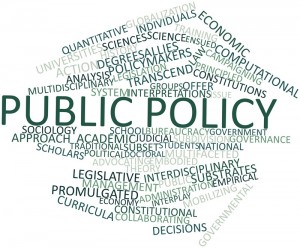March concludes Women’s History Month, a month dedicated to rewriting women back into history and celebrating the innumerable contributions women have made to the country and world at large. The month offers us both the opportunity to celebrate our strides and also assess how much further we have yet to go in achieving gender equity.
April marks the transition into Sexual Assault Awareness Month and enables us to engage in conversation on what superficially may seem like a simple topic of the gender equity scope: keeping women safe. Around 28 percent of women are targets of attempted or completed sexual assault while they are college students. Laws such as Title IX, the Violence against Women Act and the Clery Act are some of the many public policies intended to hold college campuses accountable for making concrete efforts at ending sexual assault through education, empowerment and assistance of victims.
While these policies have undoubtedly resulted in tremendous changes and impact, strengthening sexual assault efforts also means advocating for more preventative measures through bystander intervention trainings and male ally groups on college campuses. Moreover, we need to be equally vested in training and educating law enforcement on how to properly address sexual assault cases and develop more streamlined measures to help victims who do not report directly to law enforcement. True gender equity will not prevail until we are able to find multifaceted and transformative solutions at institutional and societal levels to address violence against women.

